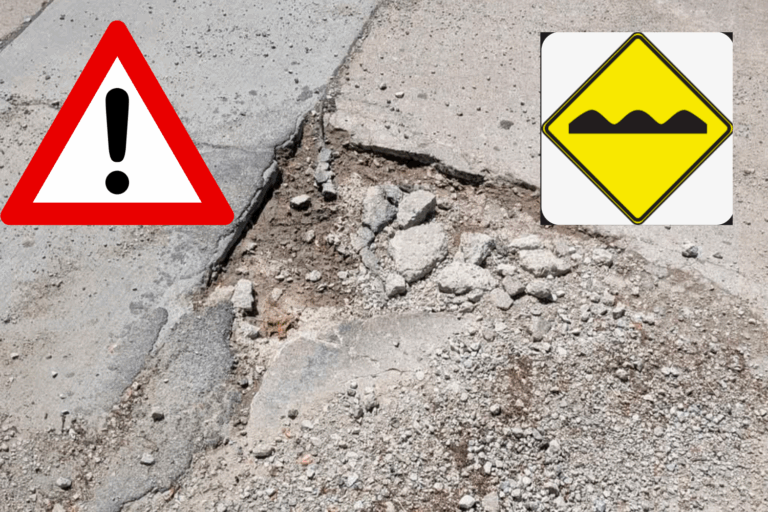
In recent weeks, tariffs have returned to the national spotlight—and with them, a flood of hot takes and half-truths. Some see tariffs as essential tools to protect American industry and correct decades of unfair trade. Others warn they’re hidden taxes that raise prices and spark global retaliation. So what’s really going on—and why should you care?
The Case for Tariffs: Rebalancing the System
For decades, many foreign nations have levied steep tariffs on American goods, while U.S. policy has kept tariffs relatively low. This imbalance fuels outsourcing. Companies often find it cheaper to move factories overseas—dodging both tariffs and benefitting from cheaper labor—then ship those goods back to the U.S. without penalty. Supporters of tariffs argue this hollows out domestic manufacturing and distorts the stock market with inflated values disconnected from American labor.

They point to tariffs as a way to correct unfair practices and to rebuild national resilience—especially in critical industries like steel, energy, semiconductors, and medicine.
The Case Against: Hidden Costs and Global Fallout
But tariffs come with consequences. They’re taxes paid by U.S. importers—costs that often trickle down to consumers. Prices rise for everyday goods like appliances, cars, and even groceries. Broad tariffs can also spark trade wars. Retaliation from other countries has historically hit U.S. farmers and exporters hard, forcing the government to spend billions on aid to offset damage.
Critics also argue that long-term protectionism weakens the pressure to innovate. Shielded from competition, some domestic industries may stagnate, dragging down product quality and driving up prices.
The Middle Ground: Smart, Strategic Use
Both sides raise valid concerns. Tariffs can be a useful lever—but only when applied with precision and accountability. They’re most effective when used to defend strategic sectors or respond to predatory practices, not to serve as blanket barriers.
The goal should be fair trade, not blind protectionism. Policies must be transparent, time-limited, and paired with long-term investments in workforce development and innovation.
How Tariffs Affect You Locally—Now and Later
Short-Term Impacts:
- Higher Prices: Tariffs on goods like steel, electronics, or produce raise costs for U.S. businesses, which pass those costs to consumers.
- Job Shifts: While some factories may see a boost, others—especially those relying on imported materials—may reduce hours, cut jobs, or raise prices to stay afloat.
Long-Term Risks:
- Reduced Choices and Innovation: Less global competition can lead to fewer options, lower quality, and higher prices over time.
- Fragile Domestic Industries: Tariffs that last too long protect inefficiency. When tariffs end or retaliations ramp up, jobs vanish quickly.
- Retaliation Fallout: In export-heavy regions—especially in agriculture—foreign tariffs can severely damage local economies.
What You Can Do to Prepare or Push Back
- Buy Local (Smartly): Support true local businesses, especially ones that create and source regionally.
- Stay Politically Engaged: Ask your representatives to support transparent, measured tariff policies with clear goals and sunset clauses.
- Join Local Coalitions: Chambers of commerce, labor unions, and trade groups can advocate for better trade protections and monitor unfair impacts.
- Support Workforce Resilience: Encourage investment in skilled trades and small manufacturing that actually benefit from fair protection, not monopolistic sheltering.
- Track Retaliation Risks: Especially in rural or industrial areas—know how your local economy may be used as a bargaining chip in a global game.
Tariffs Are Tools—But Whose Hands Are They In?
At their core, tariffs are just tools. Like any tool, their value depends on how and why they’re used.
There’s a popular notion that tariffs represent a good-faith effort to level the playing field. But in practice, tariffs are often deployed in bad faith—not to promote fairness, but to suppress competition, protect entrenched interests, and weaponize geography. They become less about national strategy and more about economic control.
Rather than fostering innovation or encouraging domestic excellence, tariffs can become a crutch—an excuse to block better, cheaper, or more efficient products under the guise of patriotism.
So the question isn’t just “Should we use tariffs?” but “What’s the intent behind them—and who benefits from them staying in place?”
Ultimately, tariffs are tools—but the real question is whether they’re working for the people they’re supposed to protect, or just becoming a means to protect the powerful.





